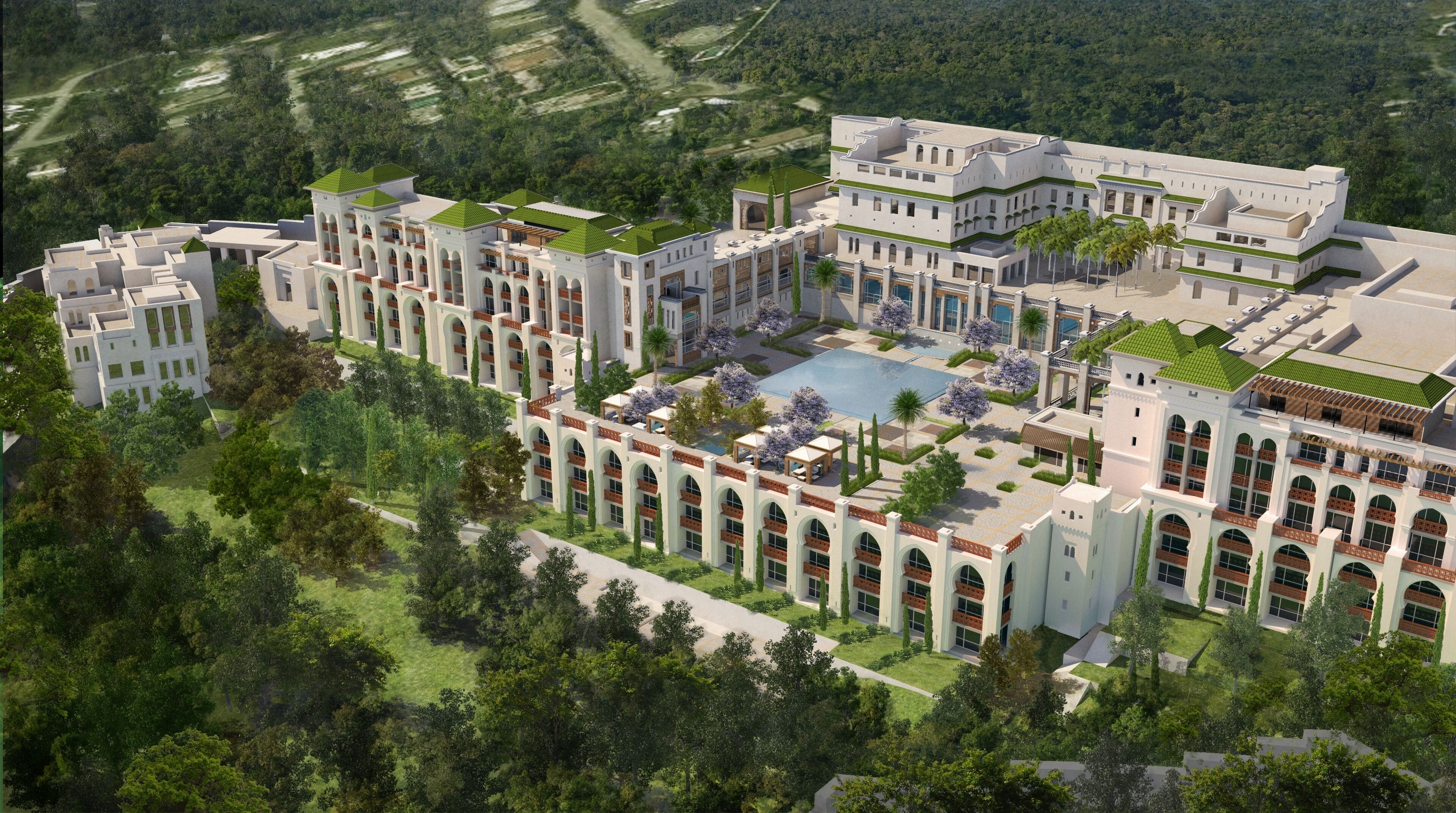Tangier
Tangier, Morocco, a city where history and culture blend seamlessly, sits at the crossroads of Africa and Europe. Its vibrant medina, bustling souks, and the iconic Kasbah reflect centuries of influences from Phoenicians, Romans, Arabs, and Europeans. With its strategic position on the Strait of Gibraltar, Tangier has long been a melting pot of diverse traditions, making it a captivating destination where the flavors of Morocco come to life against a backdrop of rich history and international intrigue.





